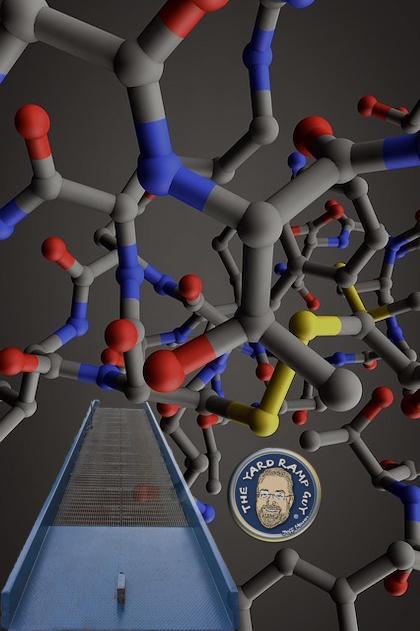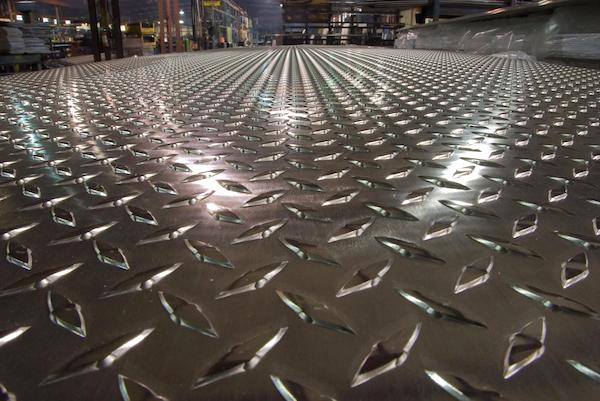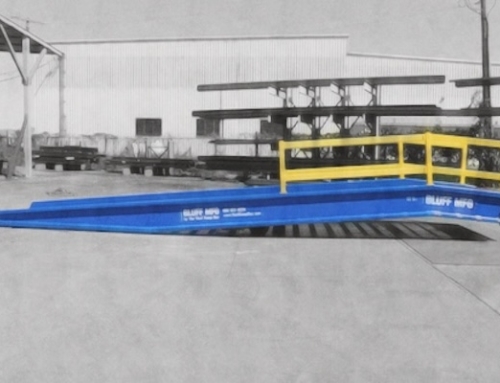To Lighten the Load

Polymer Yard Ramps?
We’re fascinated by the positive applications of industry disruptors. They mess with the status quo and often tone down monopolies, making markets more competitive.
One prominent example is the dramatic change to the rebar market. Companies producing smaller steel disrupted things and then adjusted to the changes that they themselves had created.
Another? The rise of final-mile delivery service.
The Yard Ramp Guy has very much been an industry disruptor since we started business in 2011. In our case, it’s not the item our customers buy or rent (or sell); it’s the way we’ve utilized our business model to saturate and quickly dominate the resell and rental market.
Now comes news of an innovation that has the potential to dramatically alter the landscape, and not just of the industrial yard ramp business. We’re also talking about the nature of industries as diverse as construction, urban planning, rust mitigation, and plastic bags.
Researchers at MIT have created a new polymer they call 2DPA-1 that’s stronger than steel and as light as plastic. As they describe it (and thankfully in a way we can grasp), “Polymer scientists have long hypothesized that if polymers could be induced to grow into a two-dimensional sheet, they should form extremely strong, lightweight materials.”
And they seem to have done just that, creating a sheet-like plane that can also be spin-coated into thin films “that are extraordinarily strong.”
How strong? Twice as strong as as steel, with one-sixth the bulk. Able to conduct electricity and block gas.
This new technology raises questions.
The material’s “yield strength, or how much force it takes to break the material, is twice that of steel, even thought the material has only about one-sixth the density of steel.” If 2DPA-1 is used as a paint to protect and fortify steel, how will its strength impact, say, a bridge’s need to sway?
What would be the fate of any initial oxidation after a coating of paint? Would any of the steel’s existing rust, however minimal, be offset by the strength of the polymer?
For our industry: given that material is so light, would there be a need to create a “hybrid” ramp, a combination of steel and 2DPA-1 in order to provide something with enough weight to prevent a forklift from tipping it over?
And this: In the future, a new yard ramp’s life might well extend years beyond the current 10-15 years of an all-steel ramp.
We can only speculate how that would disrupt the industry.
Still, as we’ve seen with the rebar world and the yard ramp world, disruptors usually get disrupted. When that happens, they adapt, or they don’t.
 From The Ramp Rules Blog:
From The Ramp Rules Blog:
This week, our man McCoy Fields gamely declares he’s done playing games.
Click HERE watch him plot his next move.





